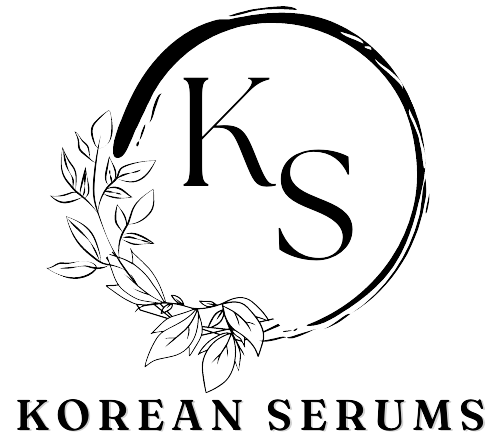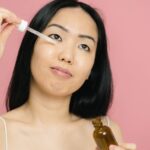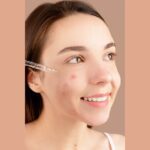In Ethiopia, beauty standards have evolved and are influenced by cultural, historical, and regional factors. Generally, lighter skin is considered more desirable, and there is a preference for certain facial features such as a narrow nose and full lips.
Women are expected to have a curvy figure, while men are expected to have lean and athletic builds. However, these beauty standards in Ethiopia vary among different ethnic groups and communities within Ethiopia and are influenced by local traditions and beliefs.
They are not limited to physical appearance but also encompass personal traits such as kindness, intelligence, and inner strength.
Ethiopian women are often expected to be well groomed, have well-manicured nails and styled hair, and dress modestly but elegantly. Jewellery, mainly traditional Ethiopian jewellery such as “Berber” necklaces and bracelets, are considered essential accessories that enhance beauty.
In terms of body shape, curvaceous bodies are traditionally considered ideal for women, focusing on a complete bust, wide hips, and a small waist.
It is important to note that these beauty norms have evolved and can vary among different regions, ethnic groups, and communities in Ethiopia. Some communities have.
In Ethiopia, there are different communities, ethnic groups, and religions within Ethiopia however, some common features that may be considered attractive include light skin, long hair, a curvaceous figure, and facial symmetry. Ultimately, beauty is a cultural construct shaped by societal norms, beliefs, and values, and it is vital to recognize and embrace the diversity of beauty.
For example, among some communities, a lighter skin tone is considered more attractive, while others may view darker skin as more beautiful. Additionally, specific physical attributes, such as high cheekbones, full lips, and large eyes, may be considered attractive.
In terms of clothing and adornment, traditional dress such as the Ethiopian kermis (a white cotton garment) and habesha kermis (a traditional Ethiopian dress) are often seen as symbols of beauty and cultural pride. Jewellery, particularly gold, is also an essential aspect of beauty and is often worn by women as a symbol of wealth and status.
It is important to note that beauty standards are constantly evolving and can change over time and that no single definition of beauty applies to all people in Ethiopia. Beauty is a personal and subjective experience that various factors can influence, including cultural beliefs, family values, and individual preferences.
List of 10 Ethiopian Beauty Standards
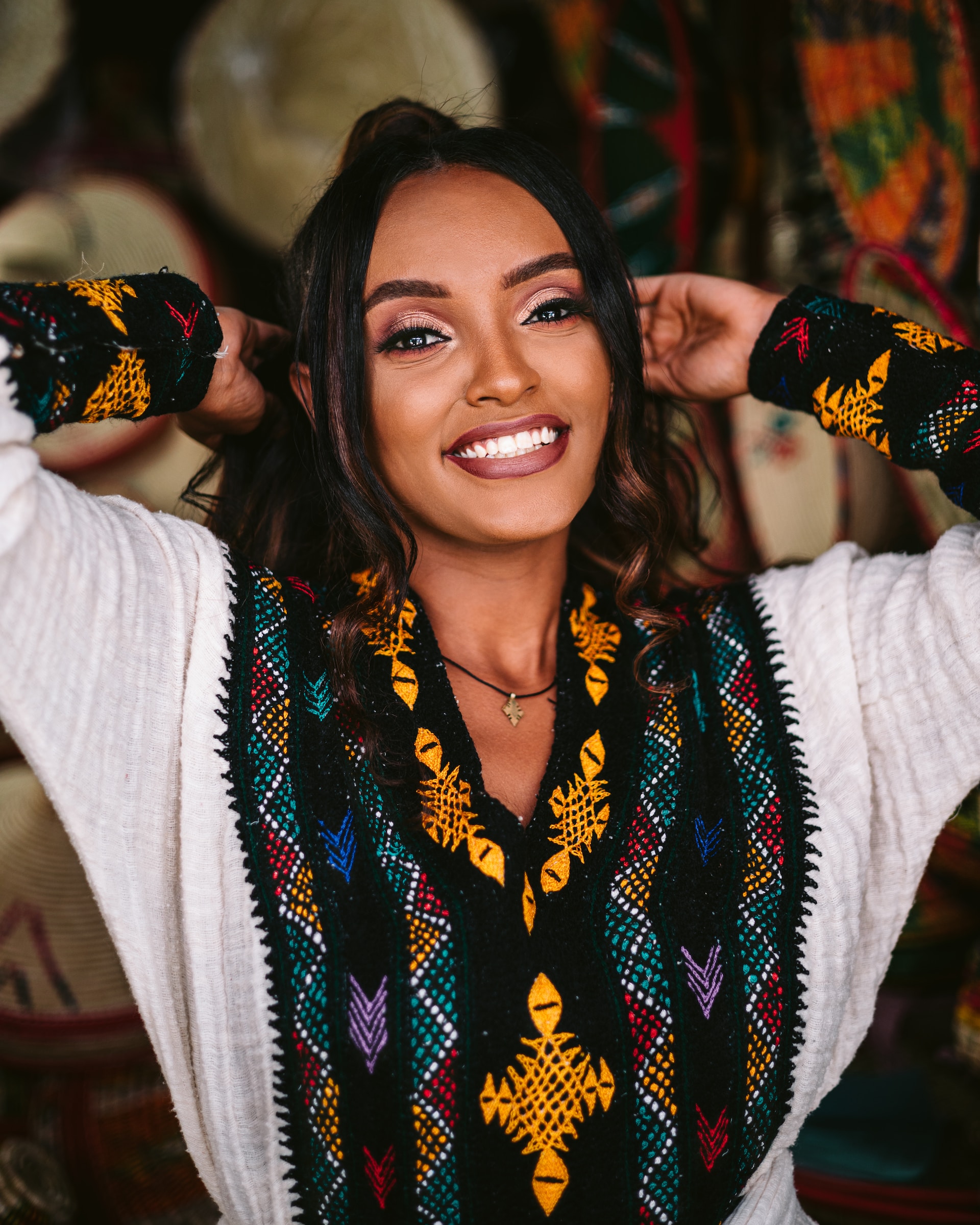
1. Light Skin
As the country is near the equator, a range of skin tones varies from very dark to light. An individual’s skin tone is primarily determined by genetics and exposure to the sun. But, fair skin is desirable in beauty standards in Ethiopia which was historically linked with higher social status.
People closer to the equator tend to have darker skin to protect against the harmful effects of UV rays, while those living in regions with less sun exposure may have lighter skin. It is a mix of African, Arab, and European physical features. Still, fair skin is considered more fashionable. It forces women to use more lightening creams and treatments for fair skin.
2. Long hair
Many Ethiopian women consider long hair a symbol of beauty and femininity. In some communities, women may grow their hair long to express their cultural identity and pride in their heritage.
Long hair is often styled in intricate braids or decorated with beads, coins, or other adornments. It is the symbol of strength and health. Long hair is considered a symbol of beauty, and others prefer shorter or different styles. To meet the unrealistic standards, women are compelled to use wigs or hair extensions for looking attractive.
3. A voluptuous figure/curved figure
A curvy figure, characterised by a total bust, hips, and thighs, is often considered attractive among some Ethiopian communities. A well-defined waistline historically considered desirable.
This body shape is associated with femininity, fertility, and health. Women with curvy figures may be seen as attractive and desirable, and this body shape can be a source of pride and self-confidence.
4. A symmetrical facial

A symmetrical face is often perceived as attractive because it is harmonious and aesthetically pleasing. It is linked with good health and fitness that is admired in beauty standards in Ethiopia.
It can vary among different communities and regions within Ethiopia and is influenced by cultural beliefs, family values, and individual preferences. Such pressure creates a pressure to modify the facial elements like making the nose slimmer.
5. High Cheekbones
High cheekbones are a common facial feature among some Ethiopian people and are often considered attractive. High cheekbones are associated with a youthful appearance and are seen as a sign of good health and vitality.
It is one of the facts about Ethiopian women. So, it compels women to use excessive makeup or go under the knife to get higher cheekbones.
6. Full lips
The lips of Ethiopians are typically packed and plump, with a slightly darker hue than other ethnicities. They often have an angular shape, with a pronounced cupid’s bow. Lip plates are circular disks made of clay, wood, or metal, placed in a hole pierced in the lower lip. They come in various sizes and are usually worn by women as a sign of beauty and status.
7. Large Eyes
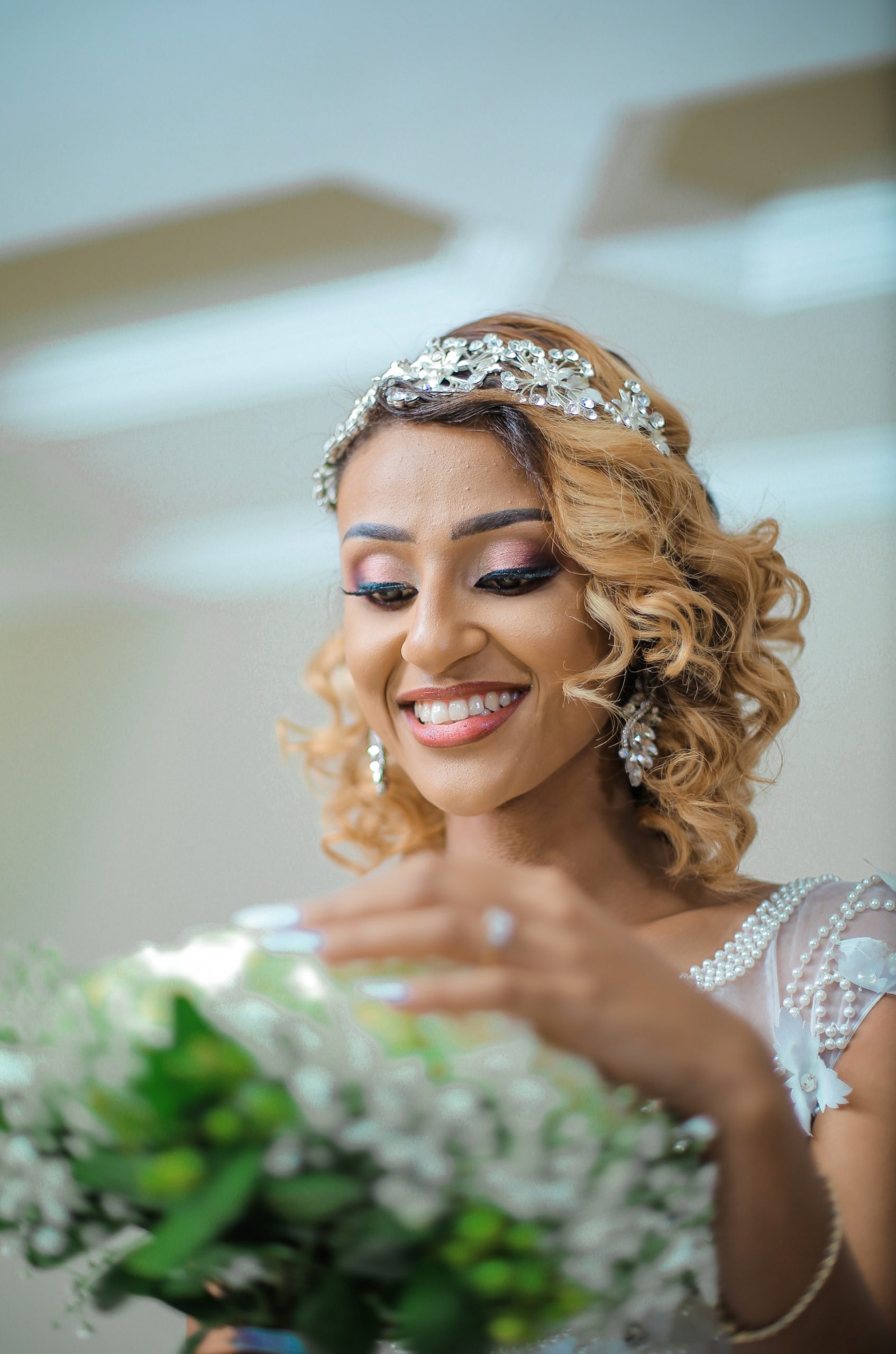
Ethiopians typically have large, almond-shaped eyes ranging in color from dark brown to light hazel. The eyes have a slight downward tilt, which gives them a warm, inviting appearance.
The whites of the eyes are typically very bright, with a hint of yellow around the edges. Additionally, Ethiopians are known for their long, dark eyelashes, which further accentuate the eyes and make them stand out.
8. Slim figure
Slim figures are seen as an important part of beauty and femininity. Women with slim figures are seen as attractive, and Ethiopian clothing often emphasises the body’s curves. It often makes women do harsh diets and extreme exercises to shed weights and and a slim figure
9. Small waist
Small waists are seen as an important part of beauty and femininity particularly with curvy hips and thick thighs. So, this indicates an hour-glass figure that was historically famous in the previous decades. It was linked with fertility, health and beauty.
10. Hips
Hips are seen as an essential part of beauty and femininity that makes them attractive. In traditional Ethiopian clothing, often focus is directed towards hips. It includes tight fitting dresses or other apparels.
Women often try to achieve a slim figure with shapely hips through diet, exercise, and traditional clothing that emphasizes the body’s curves.
Conclusion
The beauty standards in Ethiopian emphasise a slim figure, light skin, and traditional clothing and hairstyles. Women often try to achieve a slim figure with shapely hips and a small waist through diet, exercise, and traditional clothing. In modern day, some are even compelled to go under the knife or use harsh treatments. However, these beauty standards vary from one culture to another, as the east African beauty standards.
The Ethiopians follow the best practices in their beauty standards. It can be making use of herbal or the latest in cosmetics. They are beauty-conscious people and look much more beautiful in their traditional and modern attire.
Read more: Top 12 Egyptians Beauty Standards that You Should Know! (2023)
